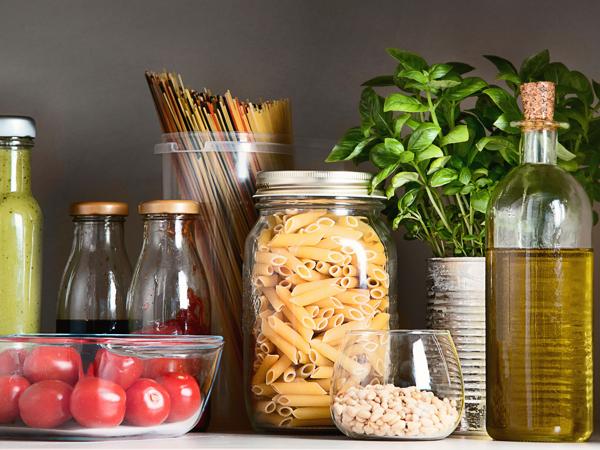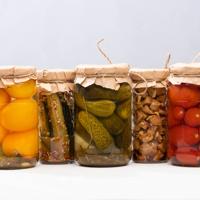Welcome to our corner of the web dedicated to helping you with emergency preparedness. Food storage isn't just for doomsday preppers; it can be a practical step toward ensuring your household is ready for any unexpected situation. Today, we’ll explore some food options that can be stored over the long term. These foods can be handy in emergencies and also help reduce waste in everyday life.
Why Long-Term Food Storage?
Long-term food storage serves many purposes. It can help you weather natural disasters, economic downturns, or temporary supply chain disruptions. Foods that have a long shelf life can also contribute to less frequent grocery shopping, saving time and reducing waste. The key is to choose foods that are non-perishable, nutritious, and versatile.
Grains
1. Rice:
Rice, especially white rice, has a long shelf life when stored properly. It can last 25-30 years when kept in a cool, dry place and sealed in an airtight container. Brown rice has more nutritional benefits but a shorter shelf life due to its oil content. Consider vacuum-sealing your rice to extend its longevity.
2. Quinoa:
Quinoa is a nutrient-rich grain that has gained popularity. It’s a complete source of protein and contains important minerals like magnesium and iron. When stored in an airtight container, quinoa can last several years, although rotating stock every two years is suggested for optimal quality.
Legumes
3. Lentils:
Lentils are an excellent source of protein and fiber. They require no soaking and cook relatively quickly, making them convenient. When stored in a cool, dry place, lentils can last up to 5 years.
4. Beans (Dried):
Dried beans, such as black beans, kidney beans, or garbanzo beans, are staples for long-term storage. They are highly nutritious and versatile. With proper storage in mylar bags and oxygen absorbers, dried beans can last up to 25 years.
Staples and Seasonings
5. Salt:
Salt is a crucial preservative and flavor enhancer. It doesn’t spoil and can last indefinitely. Its importance in food preservation cannot be understated, making it a must-have in food storage.
6. Sugar:
White sugar, when kept in a cool, dry place, can last indefinitely. Avoid brown sugar for long-term storage since moisture affects its shelf life. Consider keeping your sugar tightly sealed in an airtight container.
Pastas
7. Dried Pasta:
Pasta is versatile and easy to prepare. It can last around 10-15 years if stored in an airtight container. Consider a variety of pasta to diversify your meal options.
Fats and Oils
8. Coconut Oil:
Coconut oil is one of the few oils that perform well over time. Its high saturated fat content gives it a shelf life of 2-5 years, depending on storage conditions. Keep it in a cool, dark place to maximize its longevity.
Canned Goods
9. Canned Vegetables and Fruits:
Canned goods can last several years and are often high in crucial vitamins and minerals. Make sure to check for signs of spoilage like rust, bulging, or dents in the can. Rotating canned goods is advisable to maintain good quality and flavor.
10. Canned Meats:
Canned meat, like chicken, tuna, or beef, can be beneficial for adding protein to your meals. These can last 2-5 years and offer convenience in emergencies.
Conclusion
Storing food for long-term emergencies can seem daunting, but breaking it down into manageable steps can make it much easier. This list offers a solid starting point, but always remember to consider dietary restrictions and preferences specific to your household.
While the shelf life estimates here are based on common guidelines, personal experience can differ. Regularly checking your stored foods for quality can help you ensure they remain safe and delicious.
We hope you find these insights helpful. Feel free to share your own experiences and tips in the comments section. Happy prepping!
Note: For additional information and resources, you may want to consult organizations such as the USDA or trusted emergency preparedness websites.




